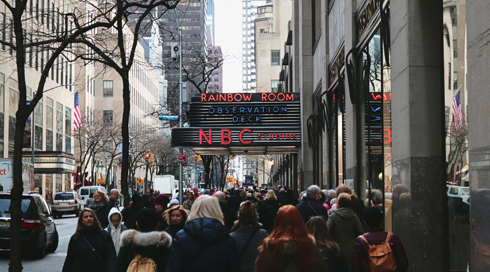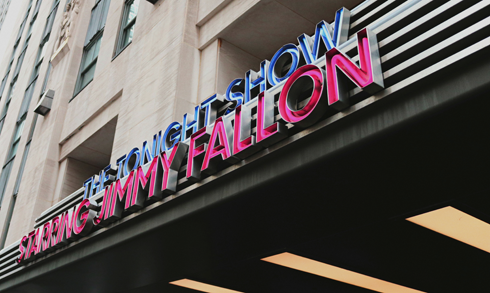Rockefeller Center sits at the heart of Midtown Manhattan like a perfectly balanced blend of art, ambition, and urban energy. Even if you’ve never stepped foot in New York City, you’ve almost certainly seen it on postcards, during holiday broadcasts, or framed by the camera in movies that treat its plaza like a character in its own right. But standing there in person, surrounded by the stone towers and the hum of the city, you understand why this complex has become one of New York’s most magnetic landmarks.


The vision for Rockefeller Center began during the Great Depression, a moment when such a massive project seemed almost impossible. Yet that was precisely the point. John D. Rockefeller Jr. imagined a place that would generate jobs, spark creativity, and give the city something bold to believe in again. Construction employed tens of thousands of workers, and the result was a sweeping Art Deco campus—19 buildings arranged with an architect’s eye for symmetry and a businessman’s instinct for momentum.
Today, that energy continues to draw people from around the world. The centerpiece is the iconic Lower Plaza, a space that transforms with the seasons. In warmer months, it’s a café-lined terrace where visitors ease into conversations and shade themselves beneath bright umbrellas. But winter is when Rockefeller Center becomes practically mythical. The famous ice rink slides into place, framed by flags and watched over by the towering figure of Prometheus. And then, of course, there’s the Christmas tree - an annual symbol of celebration that brings crowds pouring in for a glimpse of its lights and towering height.
Above the plaza, Radio City Music Hall remains one of the complex’s brightest gems. The Music Hall was designed to bring entertainment to the masses, and it continues to be a stage where artists, comedians, Rockettes, and musicians find their spotlight. The interior, rich with sweeping curves, warm lighting, and grand scale, feels like a time capsule of 1930s optimism.
For many visitors, the journey upward is just as compelling as what happens at ground level. The Top of the Rock observation deck offers one of the clearest views in the city, including a perfect, centered perspective of the Empire State Building. Unlike some observation decks that enclose you behind thick glass, Top of the Rock lets you step out into the open air, giving you a panoramic sweep of Manhattan that feels both cinematic and intimate.
But Rockefeller Center isn’t frozen in the past. Over the decades, it has evolved into a modern cultural hub. The concourse and courtyard-level shops buzz with a mix of local boutiques and flagship brands. NBC Studios, housed inside 30 Rockefeller Plaza, gives the complex a lively connection to contemporary media - morning shows, late-night talk shows, and audience tapings all unfold inside these walls.
What makes Rockefeller Center enduring isn’t just its architecture or famous landmarks. It’s the way it blends beauty, function, and movement. It’s a place where workers rush to offices, visitors linger over coffee, and friends take in the views that stretch beyond the island. In a city that’s always reinventing itself, Rockefeller Center remains a reminder of how vision, creativity, and boldness can shape a space and the people who gather there.
































.png)


















